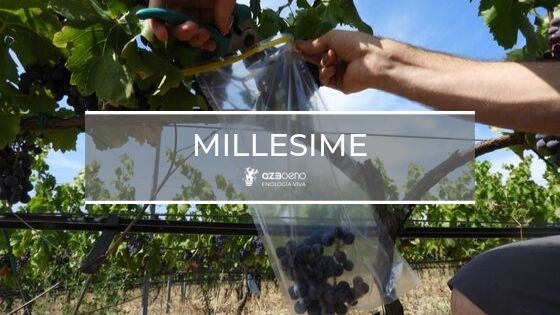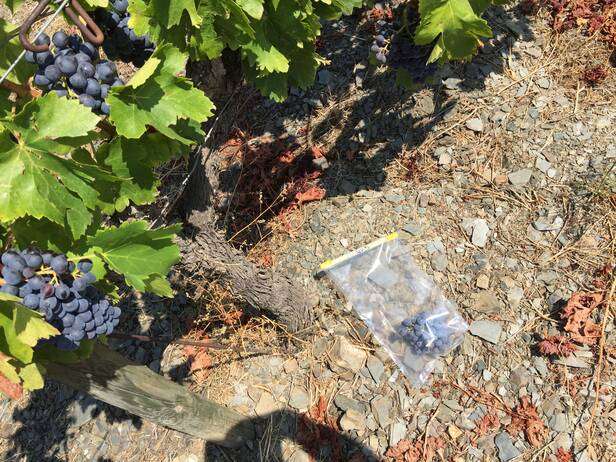
Regardless of the price point, every wine must stand out, have its “own character” which makes it more appealing in the range.
Expressing the character is the beautiful mission entrusted to winemakers.
Our magic lies in interpreting by questioning:
- Consumer, What wine do you want?
- Winery, What wine can you sell?
- Vineyard, What wine can you give us grapes for?
From there, with the necessary dexterity to integrate the 3 conclusions, we can plan the strategy to express this unique character in the facet most in line with the target segment.
For example, we can make wines that require intensity, definition of profile and perseverance, based entirely on the grape. Or, on the other hand, wines that require originality, complexity, vintage effect and expression of the terroir (vineyard + climate + viticulturist).
Alcoholic Fermentation (AF) is one of the processes that has most impact on wine, safely conducted and is a great differentiation tool. This is where we find the first strategic decision, choosing who is going to ferment, LSA, spontaneous, native selection or vintage yeast?
LSA are a good option when we are looking for a precise and repeatable style; at AZ3 we help you get to know the type of precursors that the grape brings and to choose the vine and necessary fermentation conditions to express them.
If the objective is to enhance the value of the vineyard, to enhance the expression of the terroir and ultimately, to differentiate ourselves through something “less copyable”, a logical path and route is to entrust the AF to the local microbiota. We can do this in 3 ways: Spontaneous AF, select your own strains or vintage yeast.
A SPONTANEOUS AF collects 100% of the microbiota of the vineyard, therefore it is the maximum expression of the terroir. In some cases this works fine, however, in others it doesn’t.
The soil is a living entity and the microbiota in the vineyard changes from year to year with the weather, fauna, pests and soil work. It must be taken into account that depending on the plot and/or year, spontaneous AF can be a real lottery and you must be willing to tolerate certain organoleptic gifts from the microbiota. It is important to emphasize yeast nutrition, that is to say, if we nourish it well, we will have a better chance of success.
We should not confuse spontaneous AF with a “vineyard pre-ferment agent” made with a few strains. Reckless, knowing that 90% of the bunches do not contain Saccharomyces cerevisie, and that can lead to fermentation problems. We can also find ourselves in a situation where other yeasts present in the winery environment are introduced.
The SELECTION and IDENTIFICATION of one or more yeast strains, work we do with our partner Vivelys. This consists of introducing safety, consistency and precision concepts in the AF with autochthonous yeast. Due to the investment it requires and the complexity of operation, selecting your own strains makes sense when there is a specific organoleptic or technological objective, with a high budget for an exhaustive selection. It is a precise and safe technique to give the wine "its own character", but it limits the expression of the terroir since it eliminates the vintage effect.
If what we want is to make wines that are full, frank, complex and with respect for the terroir, then we will need to manage native yeasts in an enological way: close to spontaneous in diversity, respecting the annual variability, but with fermentative safety.
For this, 3 years ago, AZ3 Oeno developed a new fermentation concept “VINTAGE YEAST”

VINTAGE is a form of differentiation that values the work at the vineyard. It expresses the character of the terroir by selecting the best reservoir of yeasts that is found each year in the vineyard, in this way we respect the annual diversity of the microbiota.
By means of a simple method, any winery structure can make each vintage the selection of its best reservoir of yeasts, prepare and preserve inoculum to multiply it and conduct fermentations safely during harvest or use it as bioprotection.
4 ways of fermenting, 4 tools for differentiation adapted to different circumstances and AZ3 supports you from the definition of objectives to choosing and implementing the best option for each wine or vineyard. Then measure and manage the process.
Have a good harvest!
living Enology
Related news
“Vintage” knows your vineyard
The sowing of selected industrial yeasts in the history of winemaking is a rather recent technique, very widespread in current enology because it provides fermentation safety (controlling other variables such as nutrition, temp.) and specific organoleptic profiles (valued in some markets) but that some reject because it may involve standardization of the product.
